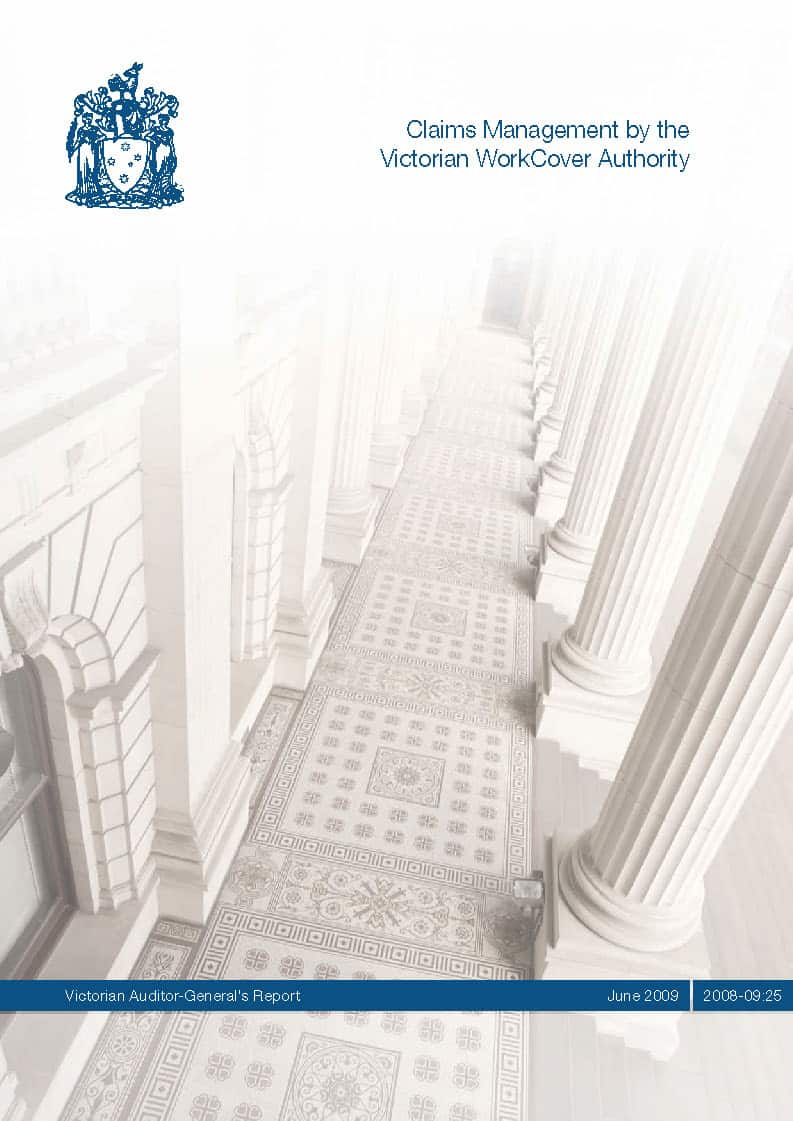According to a paper presented at the latest Industrial & Organisational Psychology Conference organised by the Australian Psychological Society, poor quality emails are causing almost as much stress in the workplace as the number received.
New Zealand provisional (?) psychologist, Rowena Brown, was presenting findings from her PhD studies and said
“Email is a double-edged sword. We know that email can help employees to feel engaged with and connected to their work colleagues, however the impact of a poor quality email, combined with the expectation to respond immediately, can create unnecessary stress. Our research raises important issues for employers, who have a responsibility to train their staff in appropriate email etiquette.”
This type of research really doesn’t help business and managers to deal with the stress of their employees because it doesn’t provide any useful control measures. There are more significant causes of stress that demand the attention of OHS professionals and managers.
The same conference illustrates one of those other stressors. Sara Branch, a psychologist Griffith University was quoted on the matter of employees bullying their bosses.
“Upwards bullying, like other forms of workplace bullying, is often more subtle and less obvious to other staff. However, it can also include more aggressive behaviours such as yelling, verbal threats, and confrontational phone conversations.”
“Workplaces need to understand that bullying can occur at any level in an organisation. Although managers clearly have formal authority, they can also be victims of bullying and need just as much support as other staff.”
The study also found, according to a media release about the conference, that one of the main triggers for upwards bullying is organisational change.
“If an employee is disgruntled by change, such as new working conditions, management, or processes, they may blame their manager and respond by bullying them.”
With the increased attention to psychosocial hazards in the occupational health and safety profession, it is necessary to pay attention to these sorts of studies but they are simply new perspectives on established issues that should already be monitored and changed.
These studies may illustrate the issue that OHS professionals can use to gain that managerial or client attention but they should be handled carefully so that these specific issues do not dominate the understanding on the manager or client.
SafetyAtWorkBlog advocates looking outside the OHS discipline for new evidence and understandings of workplace issues be it sociology or psychology but one must avoid reacting to hype.



